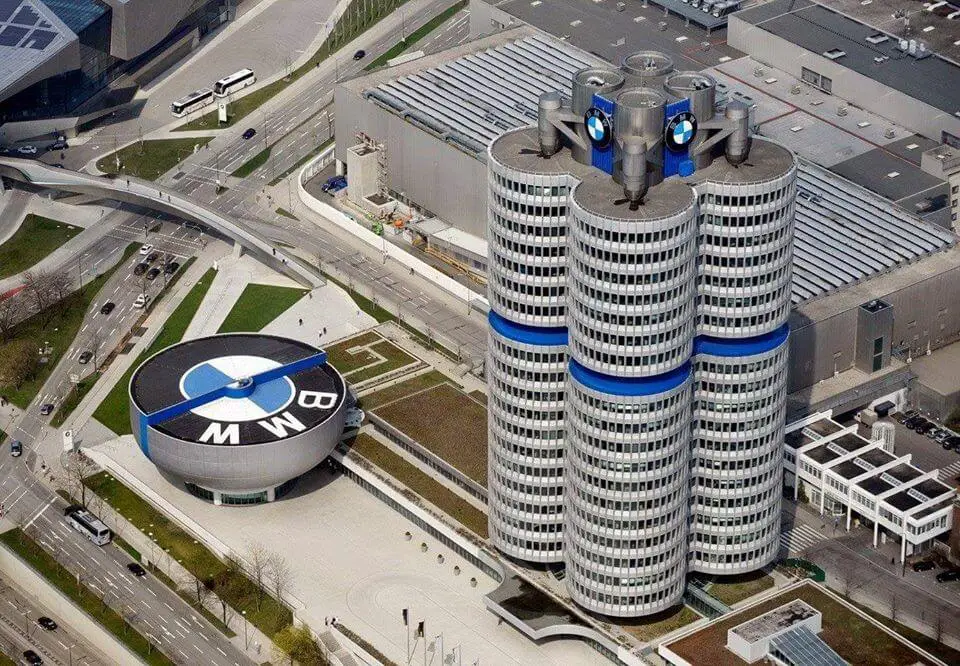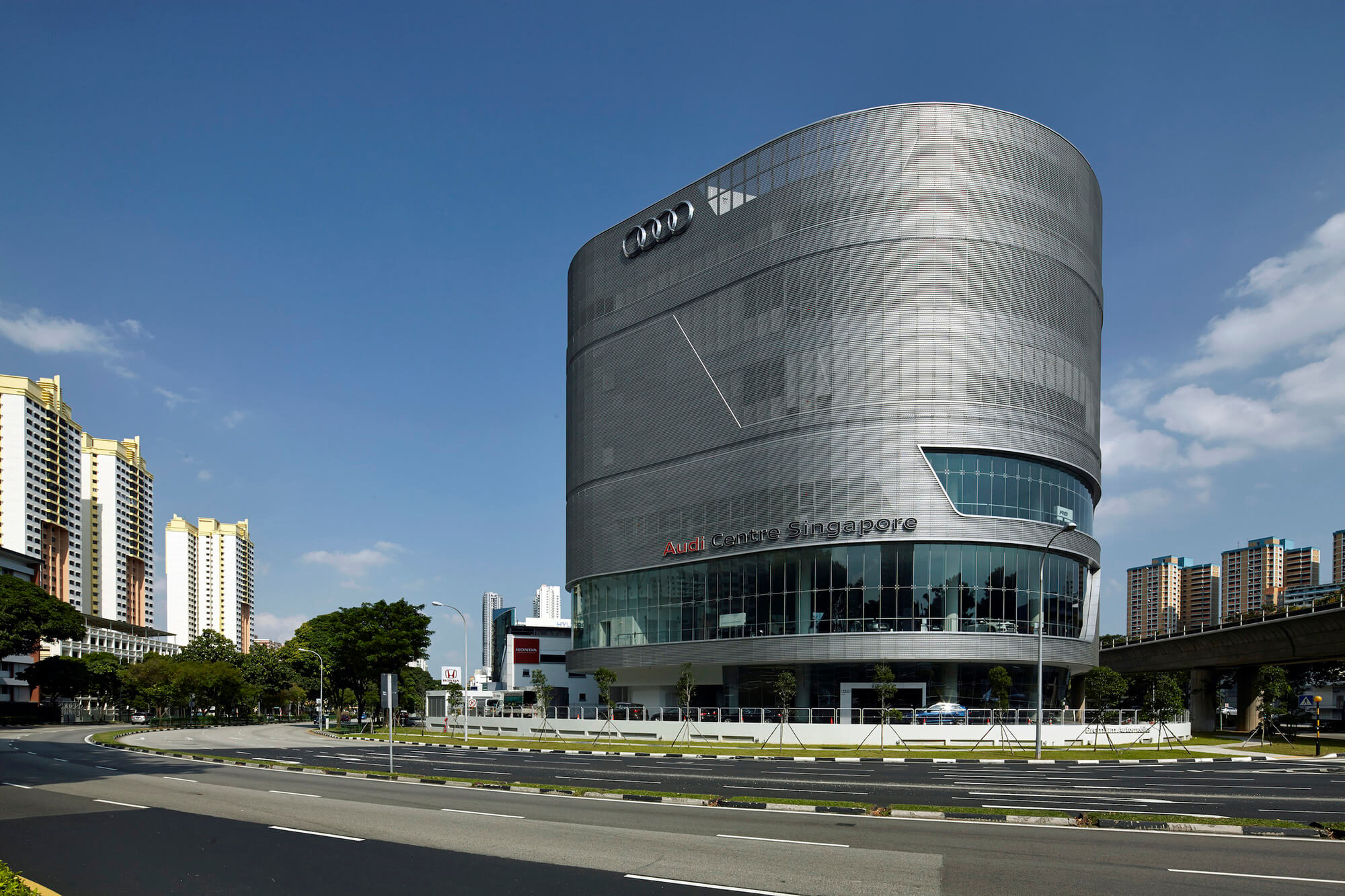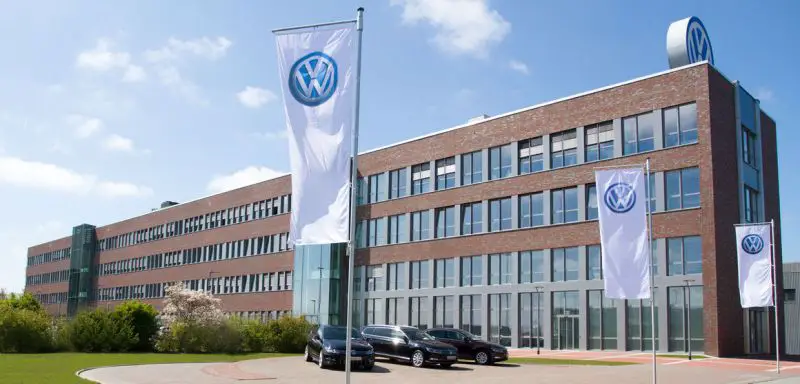BMW (Bayerische Motoren Werke AG) Mission and Vision Statement Analysis

BMW’s mission statement is “to become the world’s leading provider of premium products and premium services for individual mobility.” The statement shows that BMW has come of age and no longer settles on normal or what can be defined as satisfactory products. Instead, the company goes beyond this expectation to bring first-class cars, and that explains why the German corporation is held in high ostentation across the globe. The mission statement has the outlined features:
- Improving lives. To satisfy the first component of its mission statement, BMW (Bayerische Motoren Werke AG) takes into consideration the diverse needs of its customers while designing its products. The cars, for instance, come with unique features that make the life of its users both easy and fun. Some of these comprise outstanding interiors and excellent performance. BMW indicates that these features are a reflection of the lifestyle of its customers, and how much they enjoy the integration of the best technologies in their products. As if fun is not enough, BMW recognizes how valuable time is through its prospect of bringingautonomous cars to its customers.
- Improving communities. The ambitious goals at BMW that comprise the development of the company with both the society and environment in mind show how responsible this corporation is. BMW is inseparable from people in everything it does, from designing cars driven by the needs of the user, to the recognition of how their work interacts with the natural environment. The company also engages in social and sponsorship activities to contribute to the overall welfare of the people. Its role in the growth of sports across the globe is just a snippet of the diverse impacts of BMW. While improving communities, BMW also ensures that all its production activities and products remain resource-friendly for environmental protection.
- Global reach. BMW has gradually grown into a global brand due to its focus on quality. In fact, there is no doubt that it is now a household name that has expanded its operations in virtually every country. The most unique element that enables BMW to satisfy this global reach feature is that it understands the critical regional business landscapes, and this plays a major role in its global stability.
Introduction
The mission and vision statements by BMW distinguish it as a dynamic and change-oriented corporation. The focus on creating exceptional designs not only for its customers but also for challenging other companies in the automobile manufacturing industries has positioned it at the top in terms of excellence. In fact, it is highly coveted in the modern era, setting an example of how a persistent and determined company in the industry should be.
All these achievements by BMW (Bayerische Motoren Werke AG) are stimulated by the influence of its mission and vision statements. A corporate vision statement identifies the future potential of a business, and by doing so, sets it as the primary goal for the company. BMW’s vision statement shows that the company is all about the leadership it can depict in the manufacturing industry.
On the other hand, a corporate mission statement shows the strategic approaches that the management sees fit to drive the overall growth and development of a company towards the vision. In the case of BMW, its vision statement professes how passionate the corporation is in making the mobility of its customers memorable through its state-of-the-art products and automobiles.
Here, BMW (Bayerische Motoren Werke AG) focusses on using the most progressive ways to improve the experience of its clients. The continued dominance of BMW in this industry since 1916 also has a lot to do with its core values that have remained unchanged. With its core values such as responsibility and transparency, the company has managed to refocus its mission and vision statement to align with the demands of the automobile industry in the contemporary era.
Vision Statement
BMW’s vision statement is “to be the most successful premium manufacturer in the industry.” The statement reveals the indicators that the company wants to define its growth path. Moreover, with this quality, BMW can affirm its leadership and influence in the automobile manufacturing sector. The vision statement shows that BMW is:
- The most successful. To remain at the top as the most thriving, BMW ensures that it continues to invest in promising growth strategies. It does this by making innovations its first priority. In this way, BMW is always a step ahead of its competitors when it comes to providing what the markets need most in terms of mobility. Visualizing the future is, essentially, what BMW is good at, and this explains the differences in the quality of its products. In fact, these have enabled the company to secure a loyal market segment while earning the tag of the most progressive and vibrant manufacturer.
- Premium manufacturer. The second feature in the vision statement of BMW emphasizes the leadership position the company has assumed. It shows that BMW no longer competes with other car and motorcycle manufacturers. Instead, the company sets the pace for the rest including in the use of the latest technologies.
Core Values
BMW’s core values comprise “responsibility, appreciation, transparency, trust, and openness.” The present core values of BMW agree with the original expectations of the founders of this company. Although the business model of BMW shifted from its early aircraft design to cars and motorcycles, the company has maintained these principles of operations.
The consistency recorded by BMW for decades is directly related to the culture of responsibility in all its manufacturing plants. BMW faithfully and dedicatedly warms the hearts of its customers not only with their products but also by its commitment to social responsibilities. The ability of BMW to maintain this practice is seconded by the culture of appreciation where the corporation recognizes the importance of all stakeholders and the environment. In addition, BMW emphasizes the difference that emerges when the company complies with the relevant standards and cooperates with other bodies such as the authorities. In this way, it builds trust and fosters the sharing of ideas that translate to limitless growth.
BMW Mission Statement History
BMW’s mission statement has indeed evolved over time to reflect the changing dynamics of the automotive industry and the company’s strategic objectives. Let’s explore the mission statement history of BMW, grouped by year from the most recent to the oldest.
- Present (2021-2023)
“To become the world’s leading provider of premium products and premium services for individual mobility.“
BMW’s current mission statement emphasizes the company’s ambition to position itself as the foremost provider of premium products and services in the realm of individual mobility. This statement reflects BMW’s commitment to offering high-quality vehicles and innovative services to meet its customers’ evolving needs and desires.
- 2016-2020
“To be the most successful premium manufacturer in the industry.“
During this period, BMW focused on its aspiration to be the most successful premium automaker. The mission statement highlighted the company’s determination to lead the industry in terms of market share, profitability, and overall success. This statement underscored BMW’s pursuit of excellence and its dedication to maintaining a competitive edge in the premium segment.
- The early 2000s
“The BMW Group is the world’s leading provider of premium products and premium services for individual mobility.”
In the early 2000s, BMW’s mission statement emphasized its position as the world’s leading provider of premium products and services for individual mobility. This statement showcased the company’s commitment to delivering top-tier automobiles and related services, catering to the unique needs and preferences of discerning customers.
- The late 1990s
“The world’s leading provider of premium products and premium services for individual mobility.“
During the late 1990s, BMW’s mission statement remained largely similar to the early 2000s, emphasizing its status as the leading provider of premium products and services for individual mobility. This statement reflected BMW’s focus on delivering high-quality vehicles and associated services to enhance the driving experience for its customers.
- The early 1990s (1992-1993)
“To become the leading supplier of premium products and premium services for individual mobility.“
In the early 1990s, BMW’s mission statement shifted slightly, with an emphasis on becoming the leading supplier of premium products and services for individual mobility. This statement showcased the company’s ambition to not only be a dominant player in the premium segment but also to set the standard for quality and innovation in the industry.
- The late 1980s
“To be the world’s leading manufacturer of premium automobiles.“
During the late 1980s, BMW’s mission statement focused primarily on its goal of becoming the world’s leading manufacturer of premium automobiles. This statement highlighted the company’s dedication to producing top-of-the-line vehicles and solidified BMW’s reputation as a luxury automaker.
- The early 1970s
“To become a world leader in the manufacture of automobiles and motorcycles.“
In the early 1970s, BMW’s mission statement centered around its ambition to become a world leader in the manufacturing of automobiles and motorcycles. This statement reflected the company’s determination to expand its presence globally and establish itself as a prominent player in the automotive industry.
It’s important to note that mission statements can evolve over time to align with changing business objectives, market conditions, and societal trends. The outlined mission statement history of BMW provides a glimpse into how the company’s strategic focus has shifted while maintaining a commitment to providing premium products and services for individual mobility.
References
Aaker, D. A. (2006). Brand portfolio strategy. Strategic direction, 22(10).
Alshameri, F., Greene, G. R., & Srivastava, M. (2012). Categorizing top fortune company mission and vision statements via text mining. International Journal of Management & Information Systems (Online), 16(3), 227.
Carayannis, E. (2000). Strategic management of technological learning. CRC Press.
Chun, R., & Davies, G. (2001). E-reputation: The role of mission and vision statements in positioning strategy. Journal of Brand Management, 8(4), 315-333.
Darbi, W. P. K. (2012). Of mission and vision statements and their potential impact on employee behaviour and attitudes: The case of a public but profit-oriented tertiary institution. International Journal of Business and Social Science, 3(14).
David, F. R. (1989). How companies define their mission. Long-range planning, 22(1), 90-97.
Gazzola, P. (2014). Corporate social responsibility and companies’ reputation. Network Intelligence Studies, 2(03), 74-84.
Hanel, F. J., Otto, E., & Brück, R. (1996). Electrically Heated Catalytic Converter (EHC) in the BMW ALPINA B12 5.7 Switch-Tronic. SAE transactions, 228-236.
Hesterly, W., & Barney, J. (2010). Strategic management and competitive advantage. Upper Saddle River, NJ.
Ingenhoff, D., & Fuhrer, T. (2010). Positioning and differentiation by using brand personality attribute: Do mission and vision statements contribute to building a unique corporate identity?. Corporate Communications: An International Journal, 15(1), 83-101.
Kapferer, J. N. (2008). The new strategic brand management: Creating and sustaining brand equity long term. Kogan Page Publishers.
Morphew, C. C., & Hartley, M. (2006). Mission statements: A thematic analysis of rhetoric across institutional type. The Journal of Higher Education, 77(3), 456-471.
Morrissey, A. J., & Phillips, P. S. (2007). Biodegradable municipal waste (BMW) management strategy in Ireland: A comparison with some key issues in the BMW strategy being adopted in England. Resources, conservation and recycling, 49(4), 353-371.
Nohria, N., & Garcia‐Pont, C. (1991). Global strategic linkages and industry structure. Strategic management journal, 12(S1), 105-124.
Raasch, I. (2004). Sizing in conceptual design at BMW (No. 2004-01-1657). SAE Technical Paper.
Schleimer, S., & Riege, A. (2009). Knowledge transfer between globally dispersed units at BMW. Journal of Knowledge Management, 13(1), 27-41.
Scott, C., Jaffe, D., & Tobe, G. (1993). Organizational vision, values and mission. Crisp Learning.
Torelli, C. J., Monga, A. B., & Kaikati, A. M. (2011). Doing poorly by doing good: Corporate social responsibility and brand concepts. Journal of Consumer Research, 38(5), 948-963.
Woodward, D. P., & Guimarães, P. (2008). BMW in South Carolina: The economic impact of a leading sustainable enterprise.












Here in Ottawa Canada, Otto’s BMW is straying badly from the corporate mission statement. They are proposing to clear 4 acres of the Hunt Club forest, a mature forest, to build additional parking and storage. The surrounding community is furious and have almost 15,000 signatures on a petition, and 800+ members on the “Save Hunt Club Forest” Facebook group.
In Ottawa, BMW Otto is planning on cutting a 65 yr old Forest to..enlarge their parking lot! (ie Pave Paradise).
The community is strongly opposed, the FB Group has quickly grown to almost 1,000 members
https://www.facebook.com/groups/savehuntclubforest
the Change.org petition has over 10,000 signatures
https://www.change.org/p/bmw-save-the-hunt-club-forest-in-ottawa
There are daily Rallies near the dealership.
The local Councilors have publicly. expressed their disapproval.
The dealership remains entorely oblivious to the community opposition, to your Sustainability Declarations for over a month now.
It’s frustrating for us, it’s a risk to our survival in an era of existential climate crisis and damages your reputation as a brand.
Pls stop that insanity ASAP.
Please explain how Otto’s BMW in Ottawa, Canada is living out your values of improving communities by cutting down a mature pine forest planted by Boy Scouts 50 years ago to create a parking lot. Ironically, after paving this forest they want to take credit for their “BMW tree planting initiative” – which seems to be throwing a bit of (tax-deductible) money at the same Boy Scout group whose forest they are destroying in order to take credit for the kids’ free labor planting new tiny seedlings. Is destruction of the environment, depriving community members of green recreational space, and taking credit for other people’s work in line with BMW’s values?